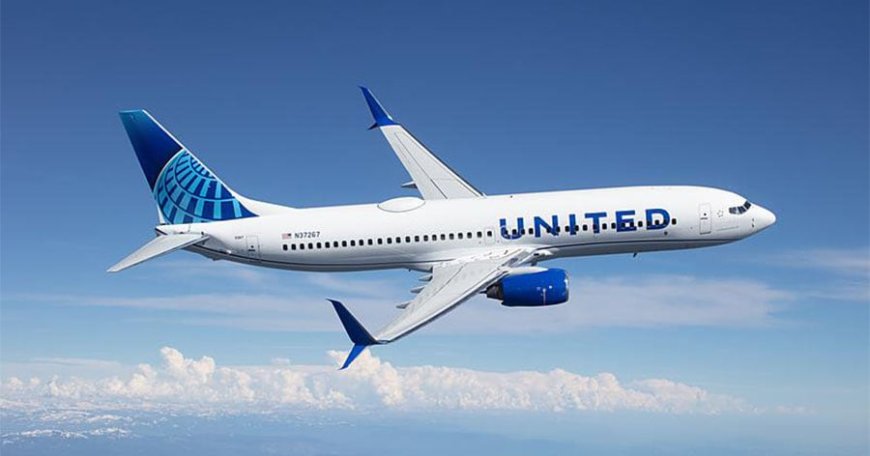United Airlines Flight Declares Mayday, Makes Emergency Landing at Dulles International
A United Airlines flight made an emergency landing at Dulles International Airport after the pilot issued a mayday call mid-air. Here’s a detailed report on what happened, why the mayday was declared, and what passengers experienced.

United Airlines Flight Issues Mayday, Safely Lands at Dulles
In a dramatic turn of events on Monday, a United Airlines flight en route to Newark Liberty International Airport made an emergency landing at Washington Dulles International Airport (IAD) after the pilot issued a mayday call mid-flight. The incident prompted a swift response from air traffic control, emergency services, and airport officials.
According to initial reports from both FAA and airline sources, the flight was forced to divert due to a mechanical issue that affected flight operations, prompting the pilot to take immediate precautionary action.
The Flight: Route and Timeline
The flight, identified as United Airlines Flight 2165, was originally scheduled to travel from Tampa International Airport (TPA) to Newark Liberty International Airport (EWR). The aircraft, a Boeing 737-800, was cruising at altitude when the flight crew detected a technical anomaly and issued the emergency call.
Shortly after the mayday call was broadcast, the flight was cleared to divert to the nearest major airport — Dulles International — which offered longer runways and full emergency response capabilities.
-
Departure: Tampa International Airport
-
Intended Destination: Newark Liberty International
-
Diverted To: Dulles International Airport
-
Aircraft Type: Boeing 737-800
Emergency Protocols and Crew Response
United Airlines confirmed that the flight crew followed standard emergency protocols and that the aircraft landed safely without incident at approximately 11:32 AM ET. Emergency vehicles were standing by as a precaution, but no fire or immediate medical emergencies were reported upon landing.
“The pilots did exactly what they’re trained to do — prioritize passenger safety. We’re grateful to the flight crew and ground staff at Dulles for ensuring a smooth landing,” a United spokesperson said.
Passenger Experience: Calm Amidst Uncertainty
Passengers on board recounted a calm but tense atmosphere after the pilot made an onboard announcement about the diversion.
One passenger told a local reporter:
“The captain informed us clearly that we were having a mechanical issue and were being rerouted. Everyone stayed calm. The landing was smooth.”
There were no injuries reported, and the aircraft taxied safely to the gate after landing. Passengers were later rebooked on alternate flights to Newark or their final destinations.
Investigation and Follow-up
The Federal Aviation Administration (FAA) is conducting a routine investigation into the mechanical problem that led to the mayday call. While specifics have not been disclosed, early reports suggest a pressurization issue or hydraulic concern may have triggered the alert.
The aircraft remains grounded for inspection and maintenance. The airline has reassured passengers and the public that all safety procedures were properly followed and that their fleet is regularly inspected to avoid such occurrences.
For official updates, visit the FAA Newsroom or United Airlines’ media center.
Aviation Expert Perspective
According to retired pilot and aviation analyst James McKenzie, such incidents, while rare, underscore the value of redundancy and safety culture in commercial aviation.
“When a pilot calls mayday, it’s not always a catastrophic failure — it simply signals urgency. The fact that they landed safely means the system worked.”
Airport Response and Delays
Dulles Airport confirmed that the emergency landing caused minor delays for several incoming and outgoing flights as emergency crews cleared the runway and assisted with passenger handling. The airport's operations returned to normal within an hour.
Final Thoughts
The safe emergency landing at Dulles highlights the professionalism of the United Airlines crew and the robustness of modern aviation protocols. While the mechanical issue remains under investigation, passengers were left unharmed, and flight operations quickly resumed — a testament to effective coordination between pilots, air traffic control, and emergency personnel.









